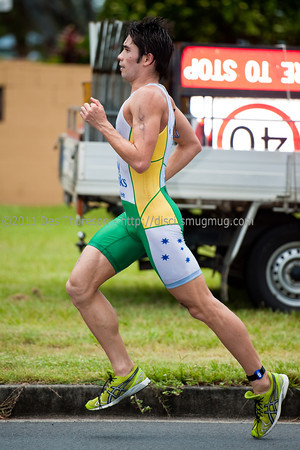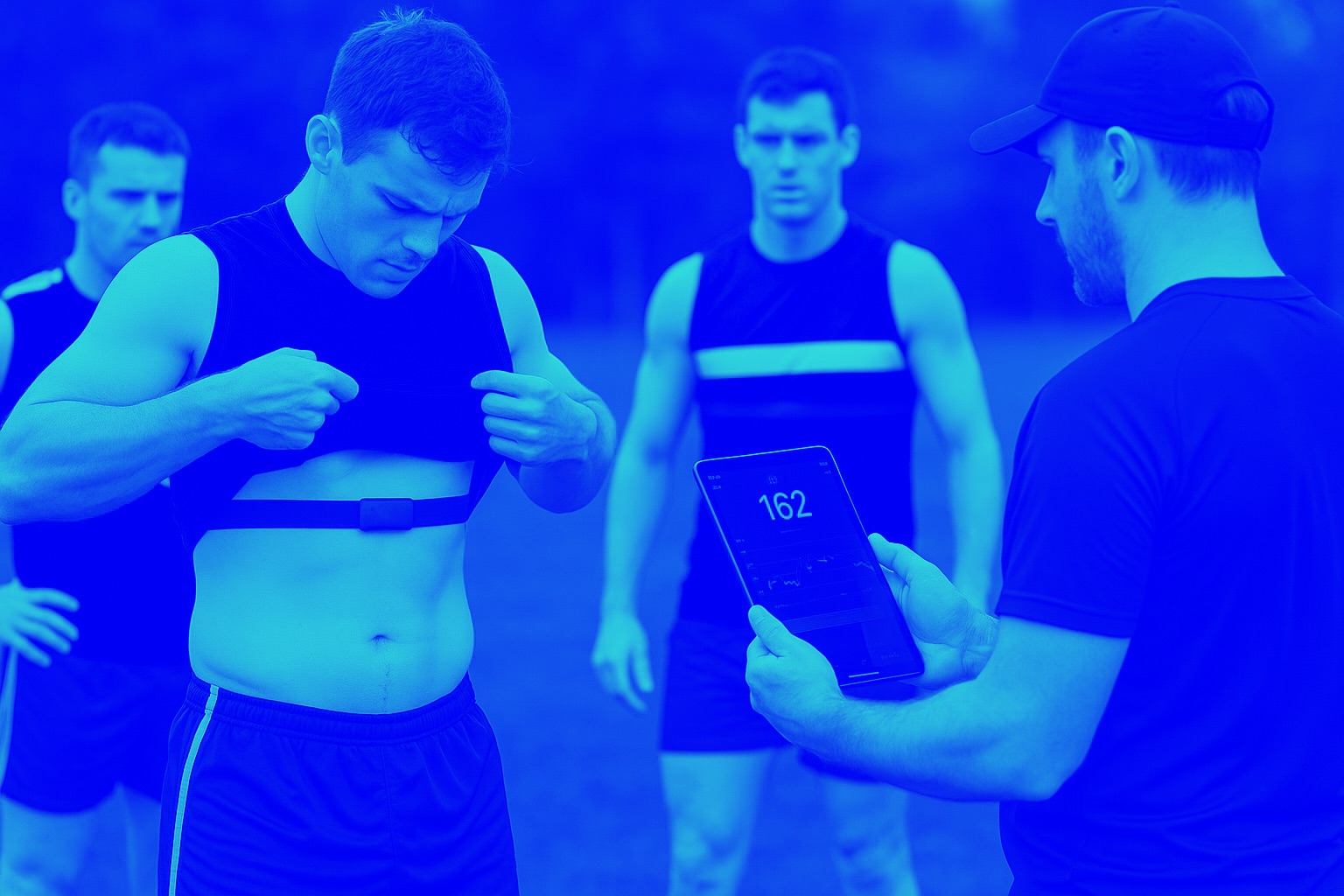Cardiac Parasympathetic Activity and Race Performance: An Elite Triathlete Case Study
Stanley J, D’Auria S, Buchheit M. Cardiac Parasympathetic Activity and Race Performance: An Elite Triathlete Case Study. Int J Sports Physiol Perform. 2014 Oct 29. [Epub ahead of print]
We examined whether changes in heart rate (HR) variability (HRV) could consistently track adaptation to training and race performance during a 32-week competitive season. An elite male long-course triathlete recorded resting HR (RHR) each morning and vagal-related indices of HRV (natural logarithm of square-root of mean squared differences of successive R-R intervals; ln rMSSD and the ratio of ln rMSSD to R-R interval length; ln rMSSD:RR) were assessed. Daily training load was quantified using a power meter and wrist-top GPS device. Trends in HRV indices and training load were examined by calculating standardised differences (ES). The following trends in week-to-week changes were consistently observed: 1) when the triathlete was coping to a training block, RHR decreased [ES, -0.38 (90% confidence limits, -0.05;-0.72)] and ln rMSSD increased [+0.36 (0.71;0.00)], 2) when the triathlete was not coping, RHR increased [+0.65 (1.29;0.00)] and ln rMSSD decreased [-0.60 (0.00;-1.20)], 3) optimal competition performance was associated with moderate decreases in ln rMSSD [-0.86 (-0.76;-0.95)] and ln rMSSD:RR [-0.90 (-0.60;-1.20)] in the week prior to competition, and 4) sub-optimal competition performance was associated with small decreases in ln rMSSD [-0.25 (-0.76;-0.95)] and trivial changes in ln rMSSD:RR [-0.04 (0.50;-0.57)] in the week prior to competition. To conclude, in this triathlete, a decrease in RHR concurrent with increased ln rMSSD compared with the previous week consistently appears indicative of positive training adaptation during a training block. A simultaneous reduction in ln rMSSD and ln rMSSD:RR during the final week preceding competition appears consistently indicative of optimal performance.




